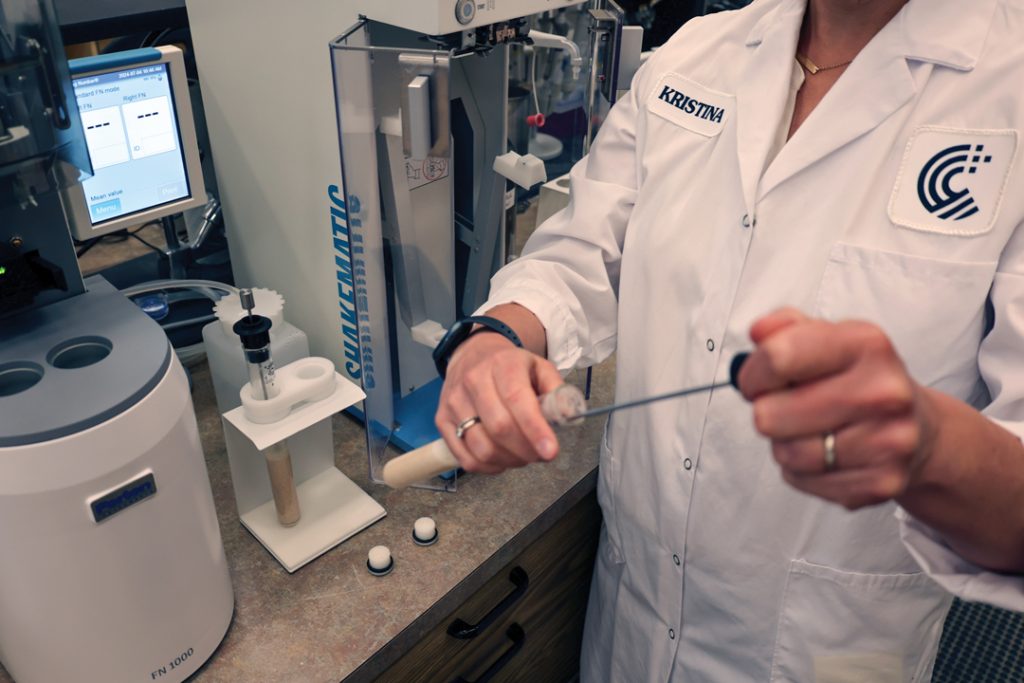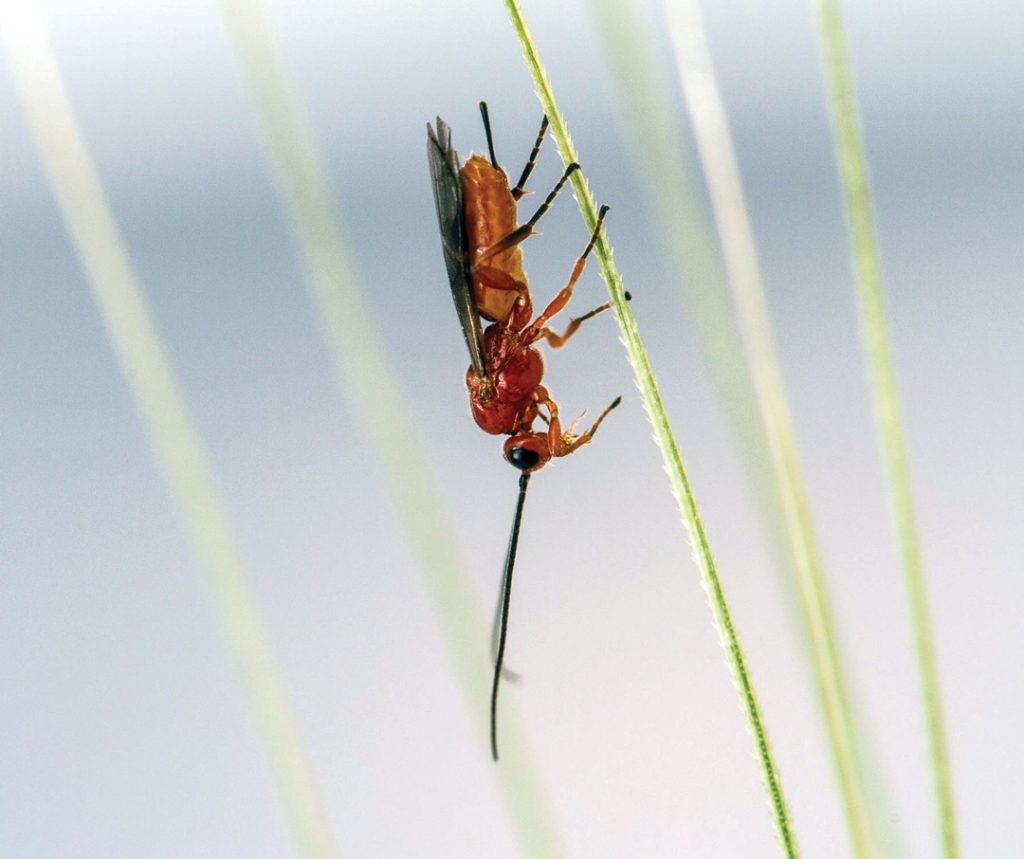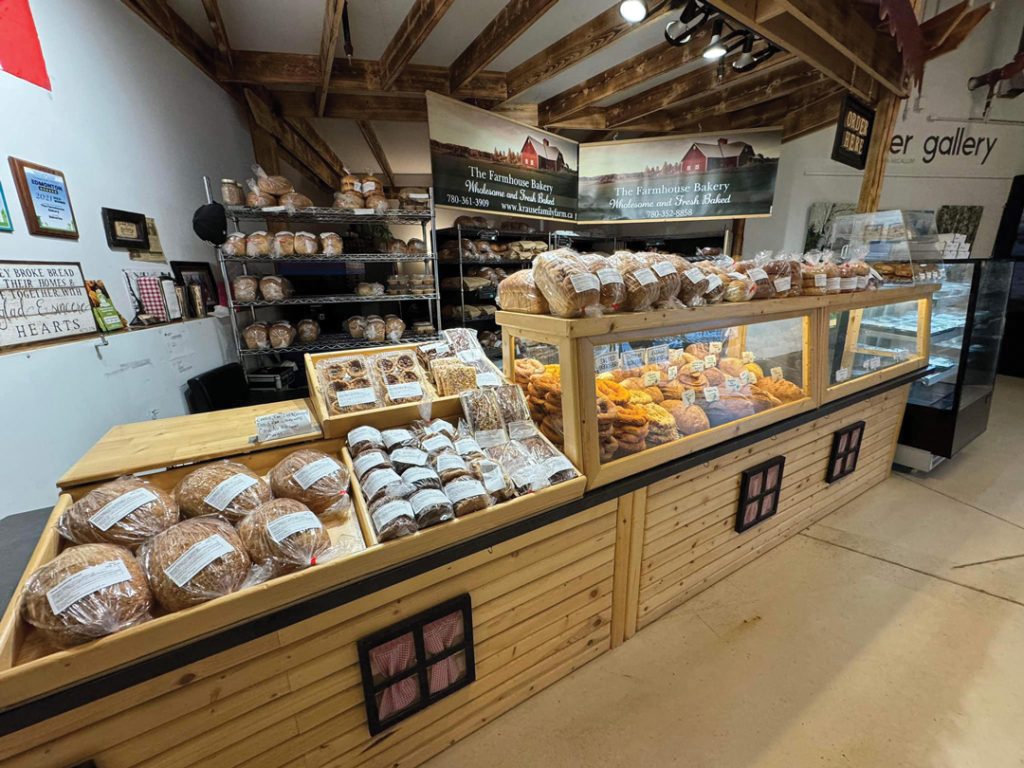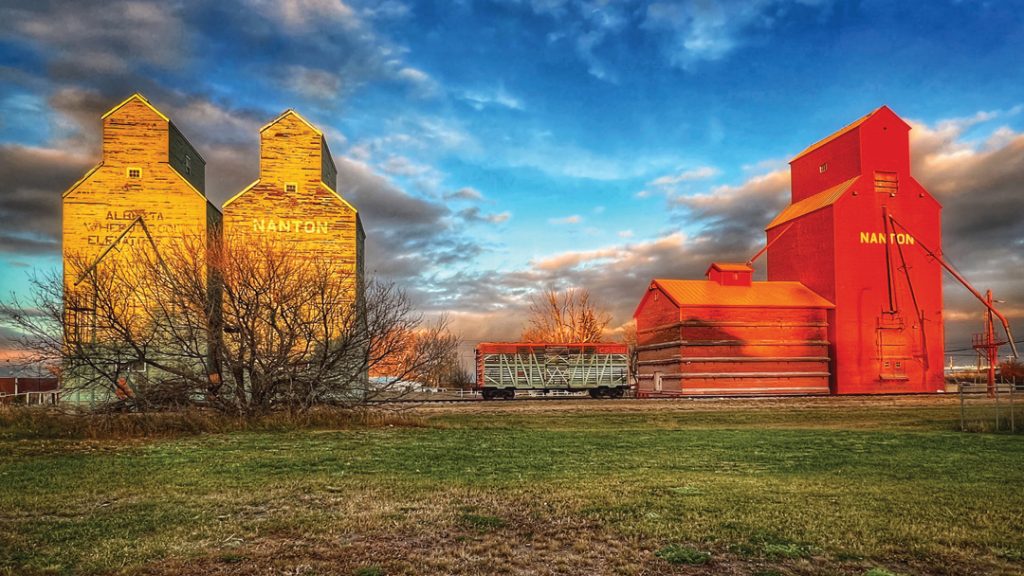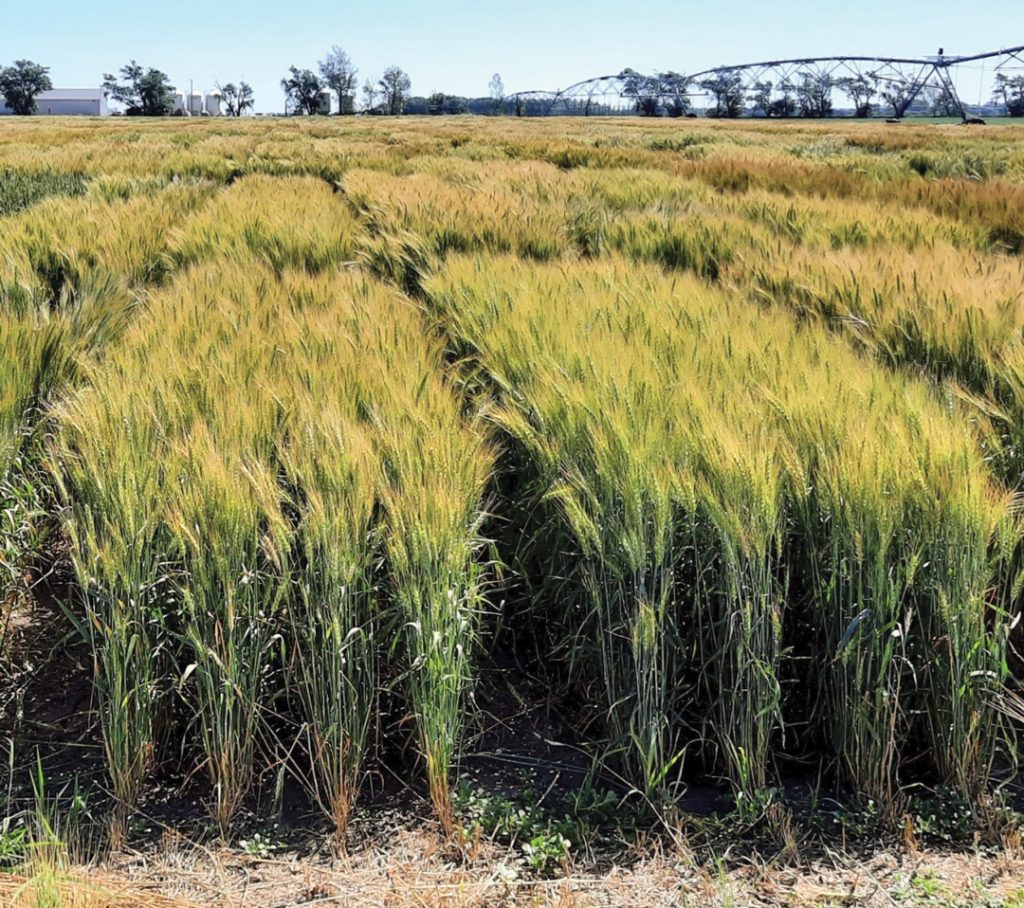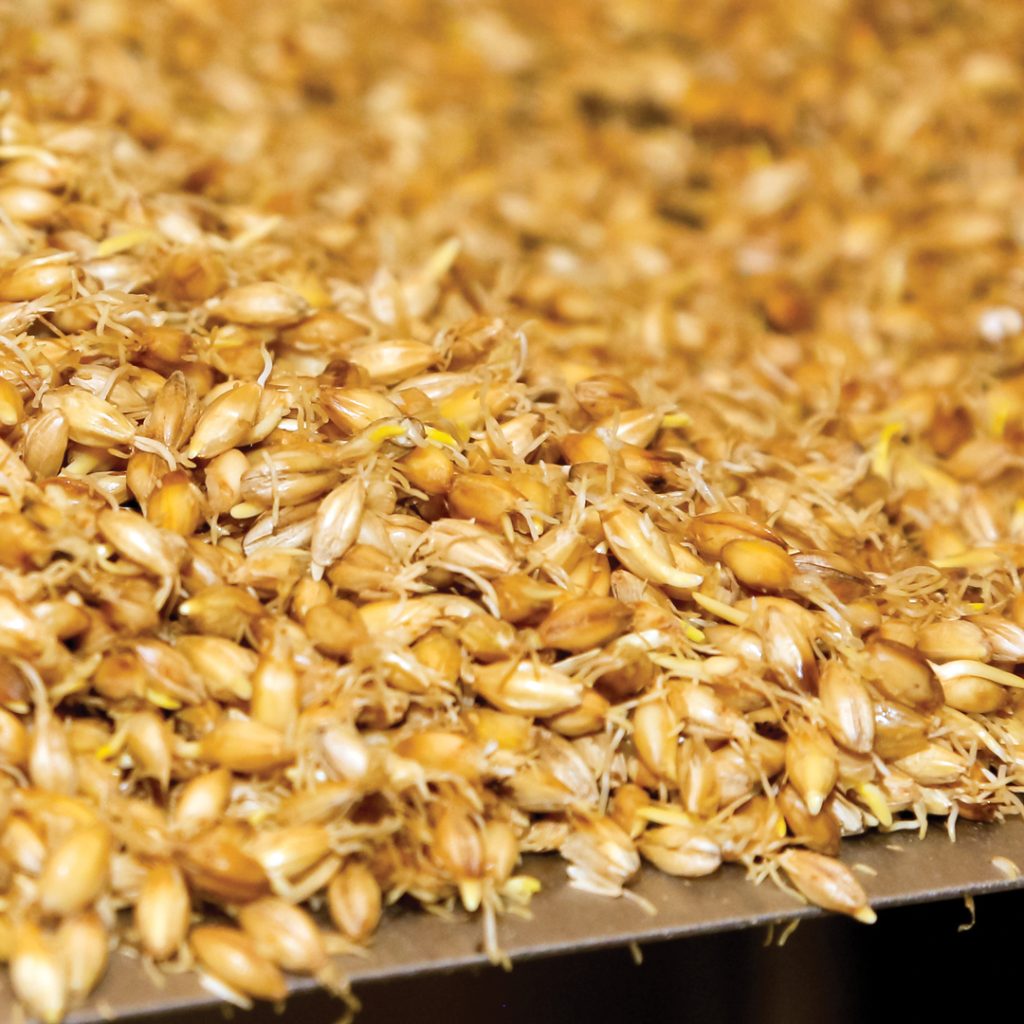BREAK THE REPAIR BARRIER
The agricultural sector is the backbone of our economy, providing essential resources that sustain communities and drive economic growth. However, farmers face numerous challenges, from unpredictable weather patterns to market fluctuations. Among these challenges is a significant yet often overlooked issue: the ability to repair their own equipment.





